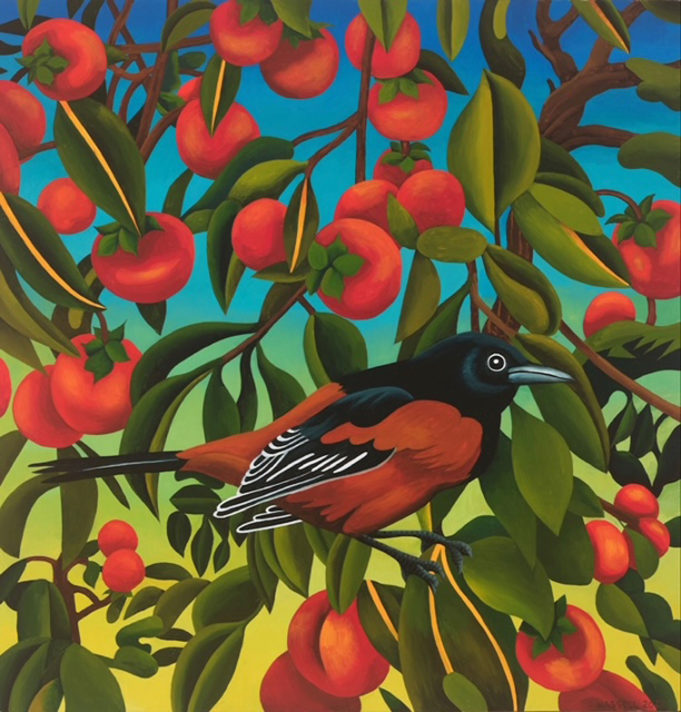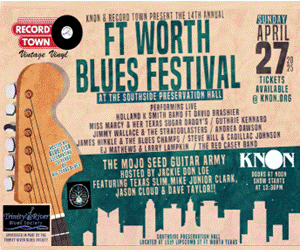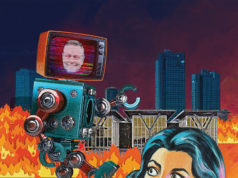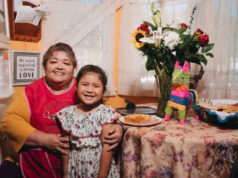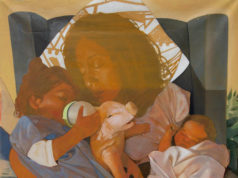Edge of the Road, Pahdner
What could be less Christmasy than the American West? The place where people go to snow ski and, I dunno, raise cows and pre for the apocalypse is the subject of the new show at Artspace 111 (111 Hampton St, 817-692-3228). For Edge of the Road: An Exhibition of the Spirit of the American West (not the American West but the “Spirit” of it), two Fort Worthies — American painter Daniel Blagg and photographer Jill Johnson — offer their harmonious explorations of Texas’ varied landscape, mostly its traditionally Western aspects. Blagg’s precise renderings of abandoned buildings and other distraught structures and Johnson’s encapsulations of haunted-looking road signs and more may make viewers question where the American Dream — expand, conquer, prosper — has led us. To Christmastown, of course! Anyway, you can’t afford any of Blagg’s paintings, so maybe set your sights on something from the Modern’s gift store, hmm? Edge of the Road will be up until Jan 7, 2023.
Remembering Ann Marion
Speaking of the Modern Art Museum of Fort Worth (3200 Darnell St, 817-738-9215), someone who could have afforded several Blaggs and then some, Anne Marion, is the subject of a sparkling new tribute up thru Jan 8, 2023. One of the museum’s greatest patrons owned a wealth of A-list modern art, including works by Francis Bacon, Richard Diebenkorn, Arshile Gorky, Ellsworth Kelly, Anselm Kiefer, Willem de Kooning, Agnes Martin, Jackson Pollock, Gerhard Richter, Mark Rothko, Cindy Sherman, and Carrie Mae Weems. On Marion’s recent death, she gave the Modern five landmark pieces. Gorky’s “The Plow and the Song,” de Kooning’s “Two Women,” Rothko’s “White Band No. 27,” David Smith’s “Dida Becca Merry X,” and Kelly’s “Spectrum III” join 75 other works by 47 artists to make up Modern Masters: A Tribute to Anne Windfohr Marion.
Murillo at the Kimbell
Bartolomé Esteban Murillo (1617–1682) was one of the best-known and -regarded painters of the Spanish Golden Age, and Murillo: From Heaven to Earth at the Kimbell Art Museum (3333 Camp Bowie Blvd, 817-332-8451) celebrates his work to make for one of the largest gatherings of his pieces in the United States in 20 years. While his sacred paintings have garnered a lot of attention over the years, he also explored the secular world of 17th-century Seville, putting everyday folks at the center of the wider cultural dialogue. The Kimbell’s exhibit features 50 Murillos drawn from the Musée du Louvre, the National Gallery of Art, the Hispanic Society, and more. And thru Jan 29, 2023, happy hours at the Kimbell are every Friday from 5 to 7pm. The Allegro Guitar Society performs, and assorted noshes and adult beverages are at your fingertips — museum members enjoy 10% off all purchases, so join today. If not for you, then for a beloved family member. (You’re welcome for that gift idea.)
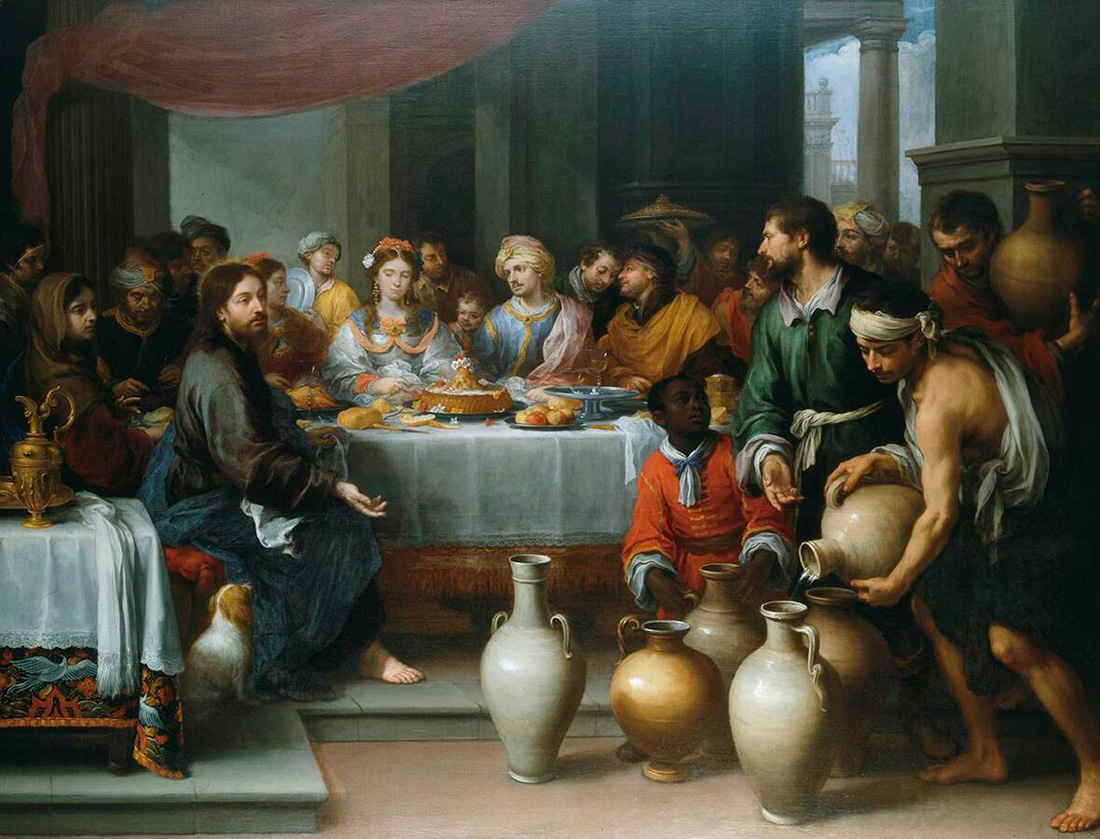
The Henry Barber Trust, the Barber Institute of Fine Arts, University of Birmingham, United Kingdom
First Nation Photography
My wife and I are virtual schooling our fifth grader, because we despise what Gov. Greg Abbott has done to not only our gun-fucking state but the places where our children are supposed to be able to go to learn and be safe, a.k.a. schools, and she and I are enjoying a good refresher on early-American history, starting with the treatment of First Nation peoples. Based on what we’re learning, there was some back and forth between Indigenous Americans and the early settlers, and it seems both sides had their pluses and minuses, with the settlers’ side having a bit more minuses than pluses. This past Thanksgiving, I wanted to text my right-leaning family “Happy First Nation Genocide Day!” but thought better of it — they don’t really care, and the glee I would feel twisting in the turkey-carving knife would have been lost on them. All of this is a roundabout way of saying, hey, there’s a great exhibit of Indigenous-American photography at the Amon Carter Museum of American Art (3501 Camp Bowie Blvd, 817-738-1933) thru Jan 22. As I am down with The Struggle, I am headed to see Speaking with Light: Contemporary Indigenous Photography on an upcoming Thursday, when the museum stays open until 8pm. (Has to be a Thursday for me because regular hours are until 5pm, and my wife doesn’t get off work until 4:30 and we live 15 minutes away.) Focused on “the dynamic ways that Indigenous artists have leveraged their lenses over the past three decades to reclaim representation and affirm their existence, perspectives, and trauma,” this Carter-organized show is one of the first major museum surveys of its kind “to explore this important transition.” More than 30 Indigenous artists display approximately 70 photographs, videos, 3D works, and digital activations. As always, the Carter is free.
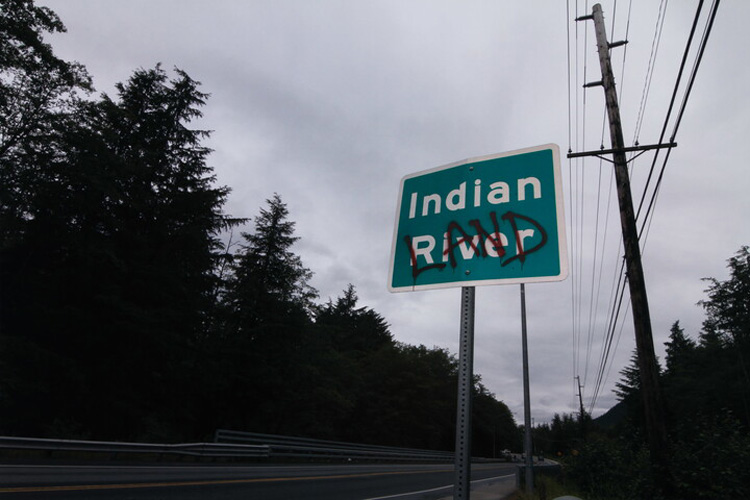
Courtesy Amon Carter Museum of American Art
More or Less Placemarks
Thru Jan 14 at William Campbell Gallery (4935 Byers Av, 817-737-9566), Billy Hassell interrogates physical locations “observed with intense concentration” that usually “involved a personal experience.” For Placemarks, the vaunted Texas artist known for his clear, colorful, almost graphic design-like nature paintings offers pieces of mostly protected places. “All are at risk of being encroached upon either for resources or for development,” he says. Dear Santa …
At William Campbell’s other spot (217 Foch St, 682-224-6131), More or Less: Una Retrospectiva follows the work of local-guy-done-good Benito Huerta from 1975 to today. The painter/collagist cooks up his “visual gumbo” by mixing references to pop culture, art, and music with Mexican motifs to comment satirically on politics, economics, and social issues. The exhibit is part of a two-part effort. The other show is Más O Menos: A Retrospective at the Latino Cultural Center which will open in January 2023. More or Less hangs thru Jan 14.
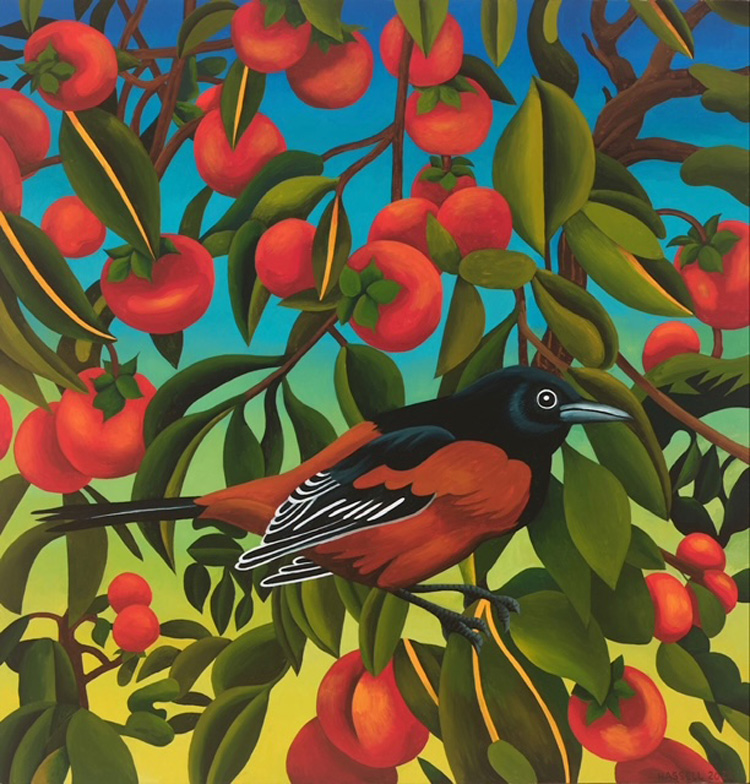
Courtesy William Campbell Gallery



